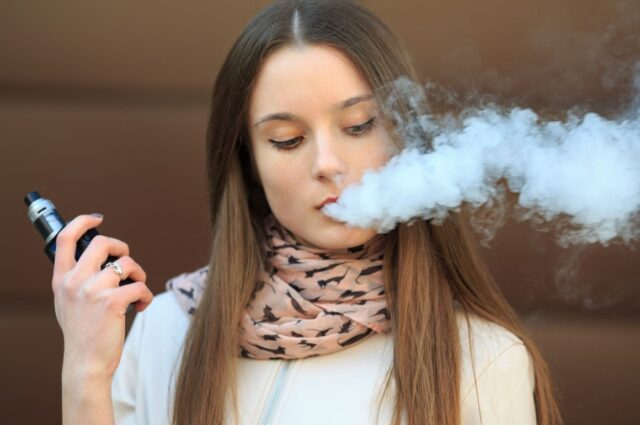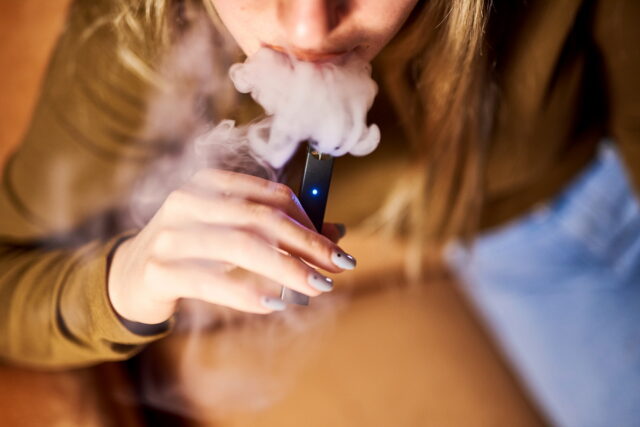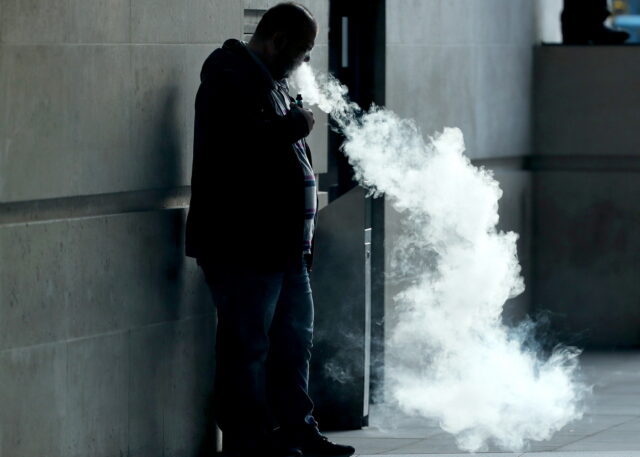
The age of smoking traditional cigarettes seems to be fading, with vaping taking center stage. As sleek e-cigarettes and vibrant vape juices flood the market, a significant portion of the population, especially the youth, is drawn to the allure of vaping.
But as with any trend that gains traction, there are pressing health concerns, particularly those associated with secondhand inhalation.
The baton of responsibility has been handed over to vaping companies to ensure the safety of not just their consumers but also the larger public.
The Rising Trend of Vaping
Recent years have witnessed an alarming spike in vaping, especially among teens and young adults. A 2019 report from the U.S. Food and Drug Administration found that over 5 million youth had used e-cigarettes in the past 30 days.
The appeal often lies in sleek designs, a wide range of flavors, and clever marketing campaigns. Unlike the infamous cigarette smell, vaping products often emit a pleasant aroma, adding to their allure.
Health Hazards of Vaping

Although marketed as a safer alternative to traditional smoking, vaping has its share of health concerns.
Research from the Centers for Disease Control and Prevention (CDC) has linked vaping to severe lung injuries and has flagged e-cigarettes as a significant health risk.
Besides direct users, those around them are exposed to secondhand inhalation, which contains harmful substances like nicotine, particulate matter, and volatile organic compounds.
There’s a growing consensus in the medical community that no one should inhale these substances, irrespective of how they’re delivered.
Responsibility of Vaping Companies
Companies producing vaping products have an undeniable ethical obligation to ensure public safety. In recent times, numerous reports and studies have illuminated the potential dangers of vaping, emphasizing the urgent need for these businesses to take decisive action.
But this responsibility transcends merely addressing immediate health concerns. It’s equally about fostering ethical marketing strategies and ensuring utterly transparent product labeling.
It is vital that users can easily access and understand precisely what they’re consuming, so they are well-informed about potential risks.
Regulation and Legislation
Around the globe, national and regional governments are urgently working to regulate the rapidly expanding vaping industry. The U.S. serves as a prime example, with the FDA taking proactive measures to instate guidelines specifically tailored for e-cigarette manufacturers.
These guidelines include mandates that require manufacturers to provide exhaustive ingredient lists and to undergo stringent product testing to ensure safety.
The primary intention behind such legislation is to methodically control vaping’s rampant rise and directly confront the looming public health crisis it poses.
Vaping Education Campaigns

Seeing the gravity of the situation, proactive companies are taking the initiative to kickstart educational campaigns aimed at heightening awareness about vaping’s potential dangers.
One notable instance is JUUL Labs, which launched an impactful series of advertisements to enlighten users about the significant nicotine content in their products.
By doing so, these campaigns become instrumental in altering public perceptions, ensuring that users are equipped with the knowledge needed to make informed and safe choices.
Product Innovation for Harm Reduction
Embracing a genuine spirit of harm reduction, several forward-thinking companies are currently in the process of innovating their extensive product lines.
Their efforts span from developing vape juices devoid of nicotine to enhancing the design of devices such as a vape detector, all with the goal to curtail harmful emissions significantly.
Such groundbreaking innovations don’t just represent technological advancement; they signify a laudable shift in company priorities, placing user safety above profit-driven motives.
Restricting Flavor Options
Among the myriad features that draw individuals, particularly the youth, to vaping is the vast array of available flavors—from sweet candy renditions to savory blends, and even exotic mixtures that tantalize the taste buds.
Some flavors, crafted meticulously, are so enticing they become almost impossible to resist, driving repeated usage.
Acknowledging this undeniable attraction and understanding the profound implications it has on habitual use, especially among impressionable minds, a few forward-thinking vaping companies have taken the commendable step of self-imposing stringent restrictions on their diverse line-up of flavored products.
While such proactive decisions may indeed have tangible short-term business implications, most notably impacting their sales and market presence, they powerfully underscore a genuine, unwavering commitment to upholding and safeguarding public health above profit margins.
Advocating for Age Verification
A pivotal and pressing challenge the vaping industry continuously grapples with is the alarming rise in underage vaping. Youngsters, driven by peer influence and societal portrayals, often find themselves drawn to vaping.
To staunchly curb this burgeoning issue, and to create an accountable and trustworthy image, companies are now avidly turning their focus to deploying sophisticated, foolproof age verification technologies.
These cutting-edge tools, often leveraging advanced digital algorithms, act as a formidable line of defense, ensuring their products remain strictly inaccessible to the underage demographic.
By adopting such robust and stringent measures, these businesses not only diligently adhere to the ever-tightening regulations set by governing bodies but directly address one of the most critical, pervasive, and frequent criticisms faced by the vaping industry at large.
Collaboration with Health Organizations

Rather than operating in insular silos, or being seen as entities prioritizing profits over well-being, progressive vaping companies are now proactively seeking collaborations with esteemed, reputable health organizations and research institutions.
These synergistic partnerships, forged with a shared vision, are proving to be invaluable.
They meld crucial business insights—understanding market dynamics and user preferences—with the profound expert health advisories that these organizations bring to the table.
By joining forces in such a strategic manner, they craft well-informed, evidence-based harm reduction strategies that unequivocally benefit the broader public. The tangible result of such collaboration?
More nuanced safety campaigns that resonate with users and the introduction of refined products that unambiguously prioritize health and safety over all else, setting a gold standard for responsible business operations.
Future Challenges and Solutions
The dynamic vaping industry remains in constant flux, continuously presenting novel challenges. Current efforts are geared towards mitigating secondhand inhalation risks.
However, the horizon reveals additional concerns, including addressing the real specter of addiction and confronting environmental challenges tied to the disposal of vape products.
As the industry looks ahead, the responsibility will firmly rest on companies to pioneer innovations, always with an unwavering commitment to public health.
Conclusion

Vaping’s rise to prominence is undeniable, but so are its potential dangers.
As the world grapples with the ramifications of this trend, it’s heartening to see many vaping companies stepping up, addressing concerns, and ensuring that public health isn’t compromised.
The road ahead is long, but with collaboration, innovation, and a commitment to safety, a middle ground can be found.












